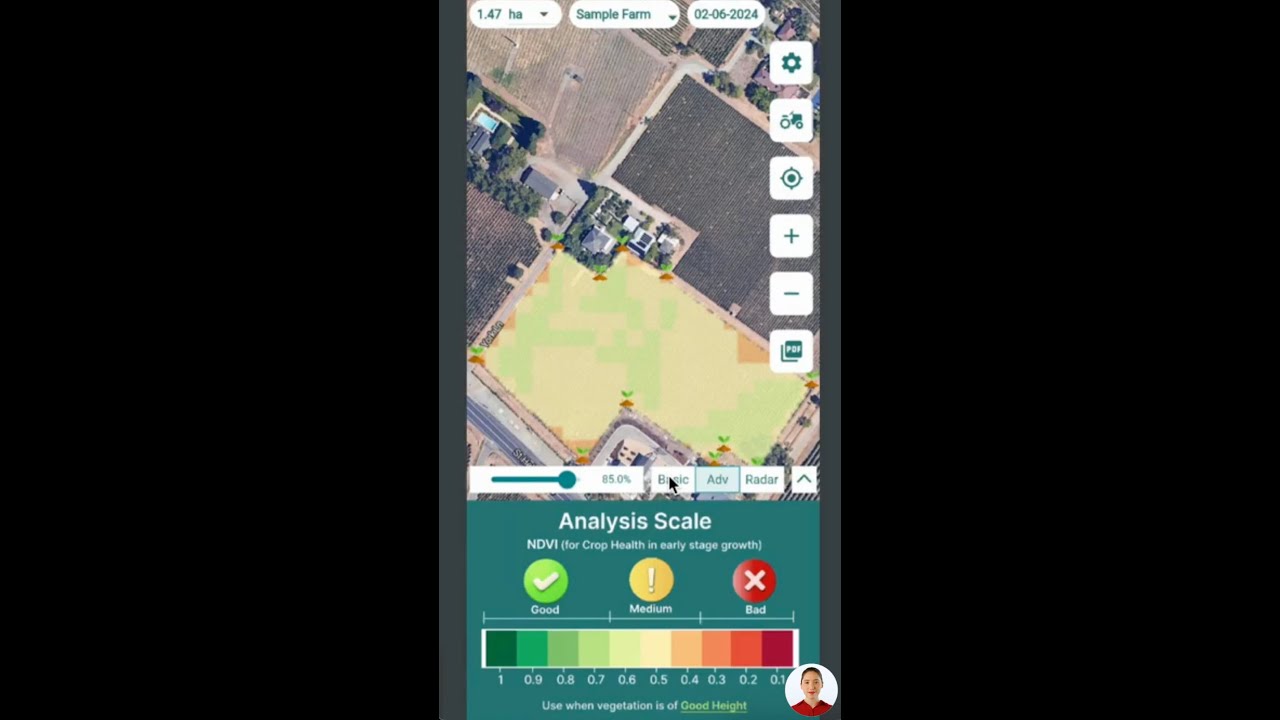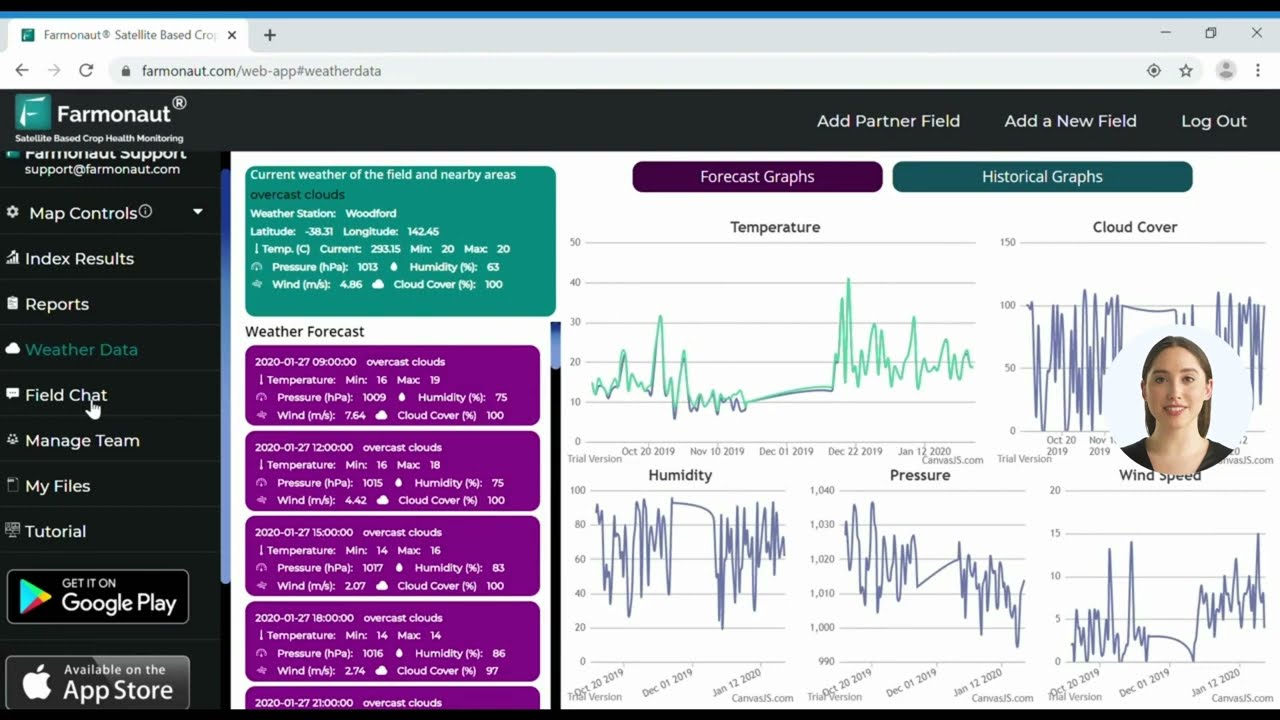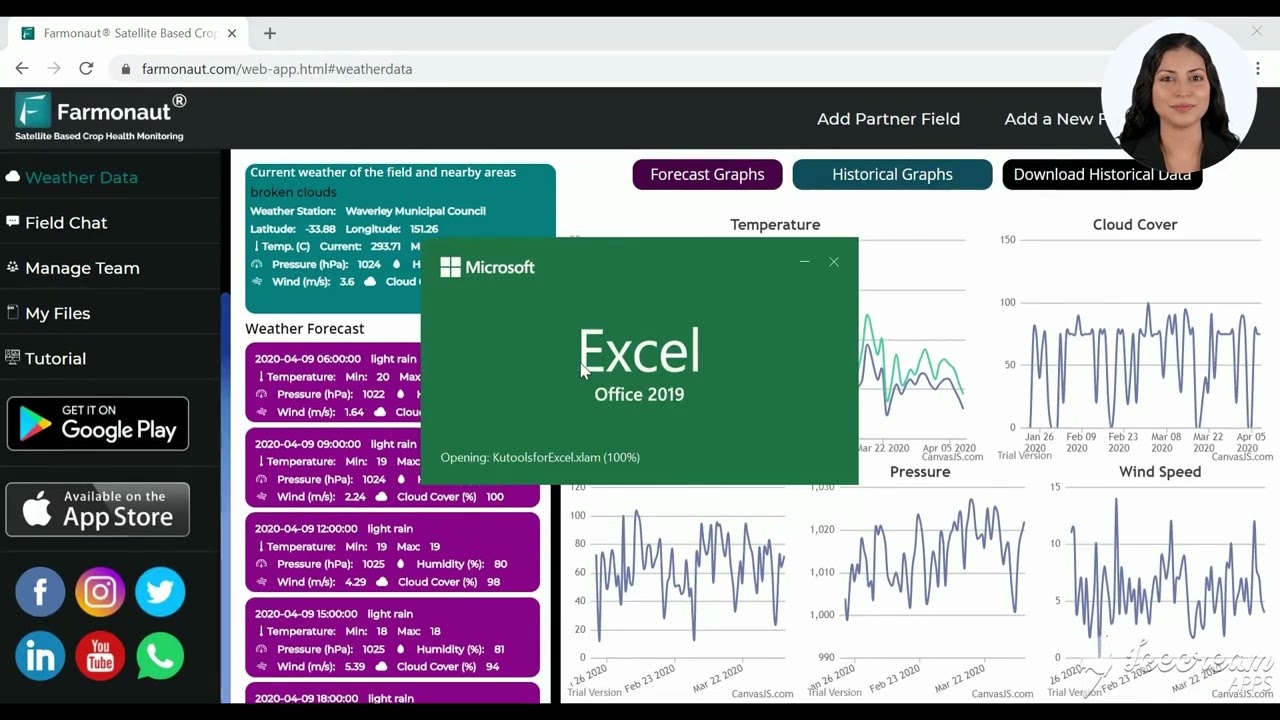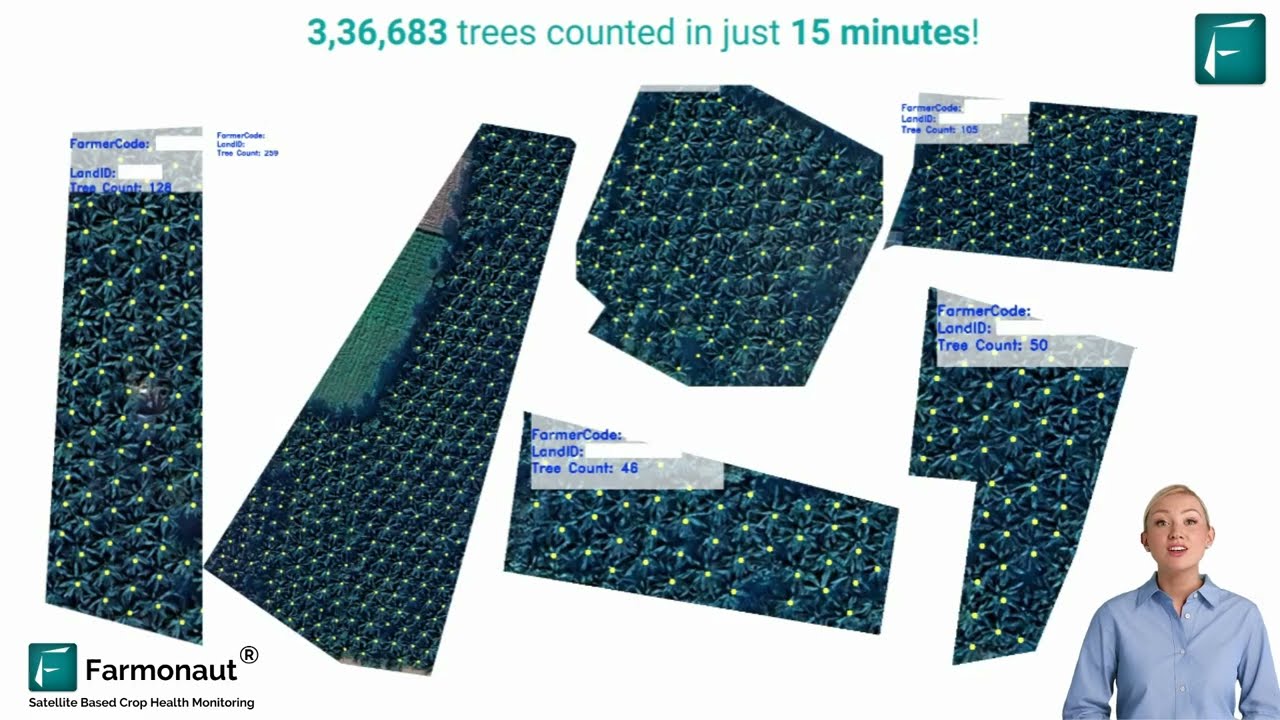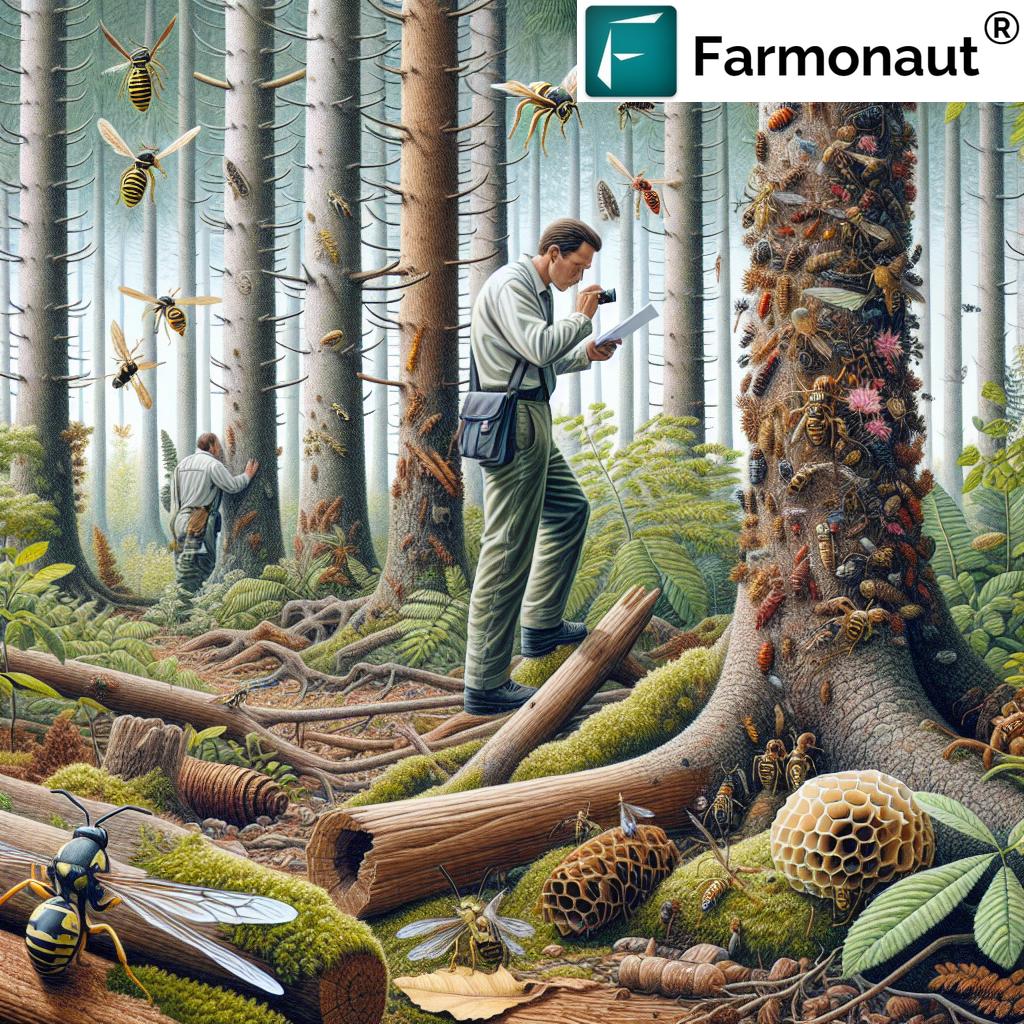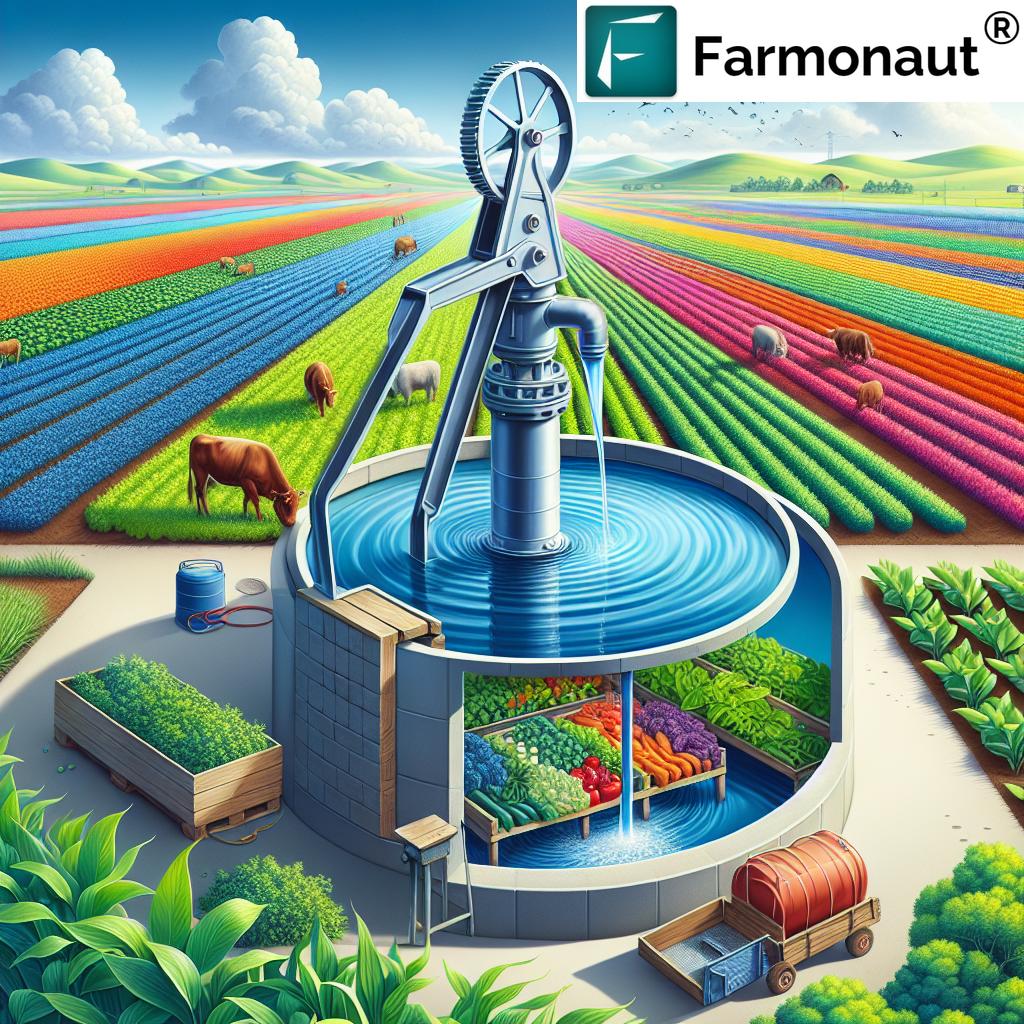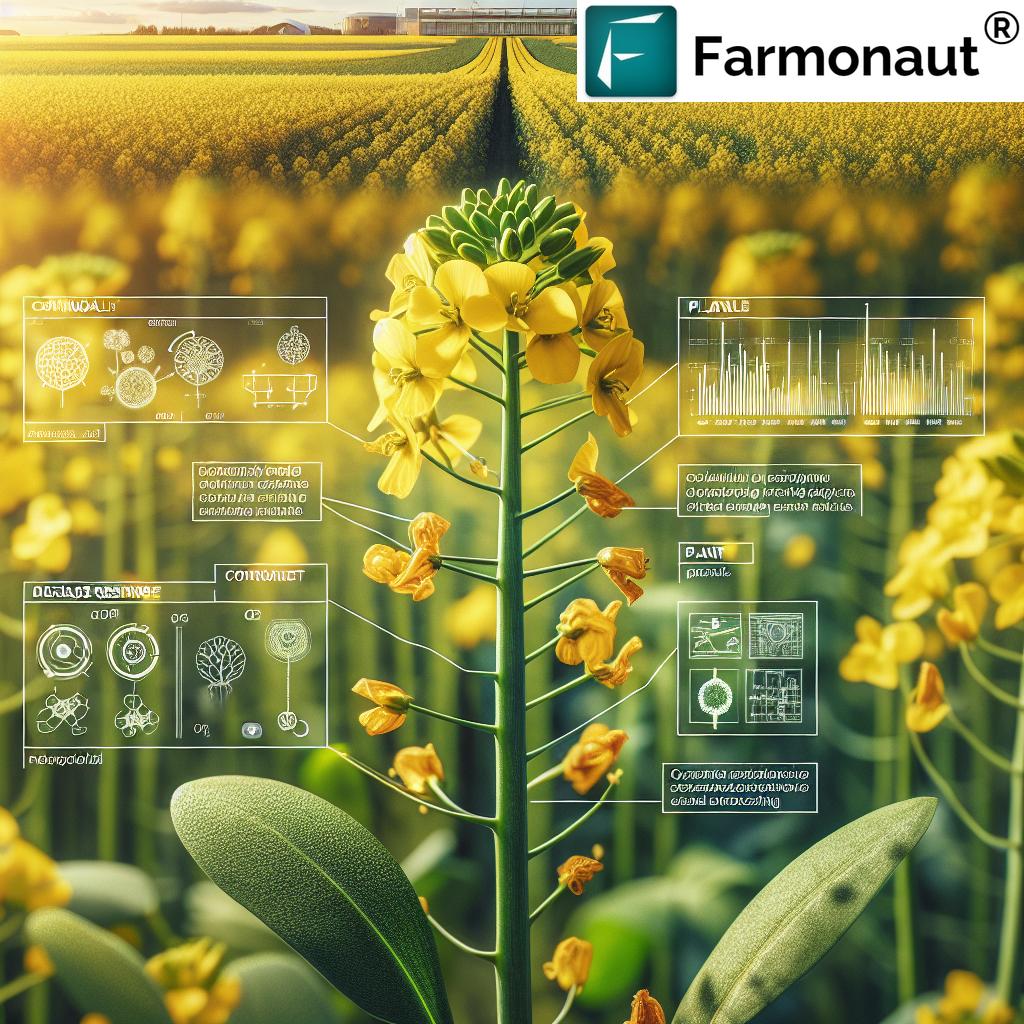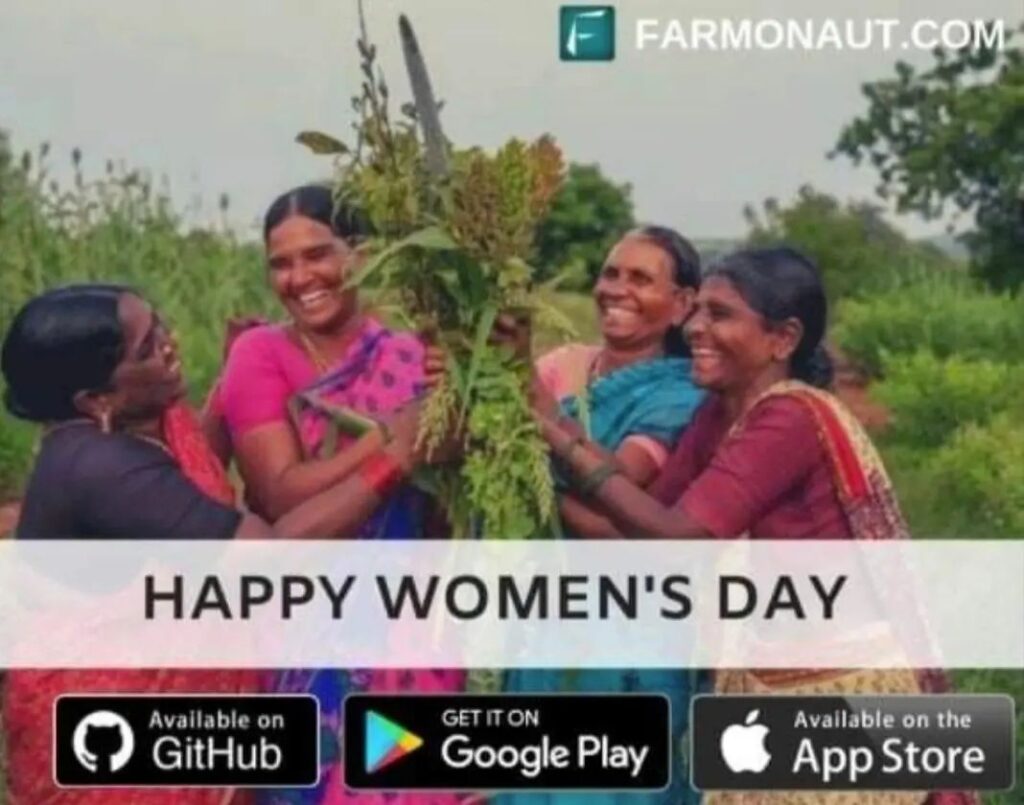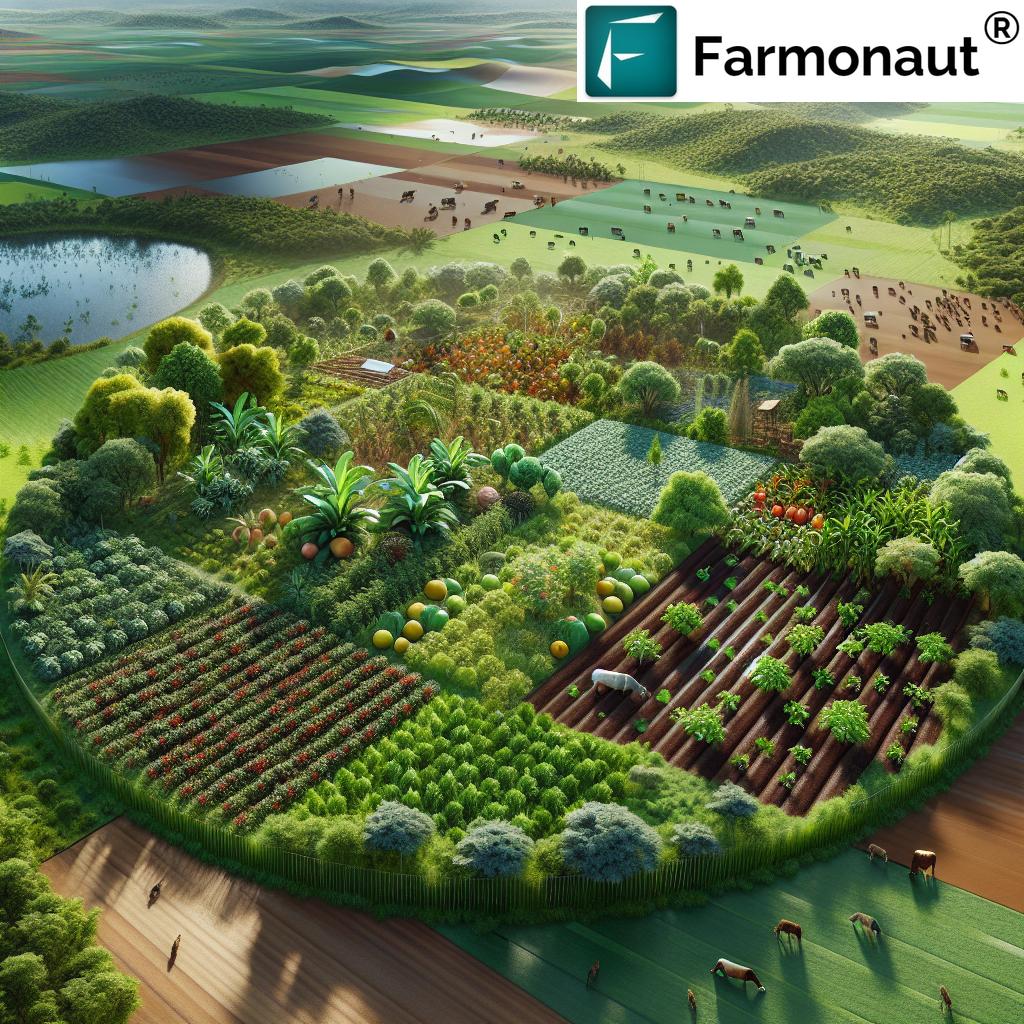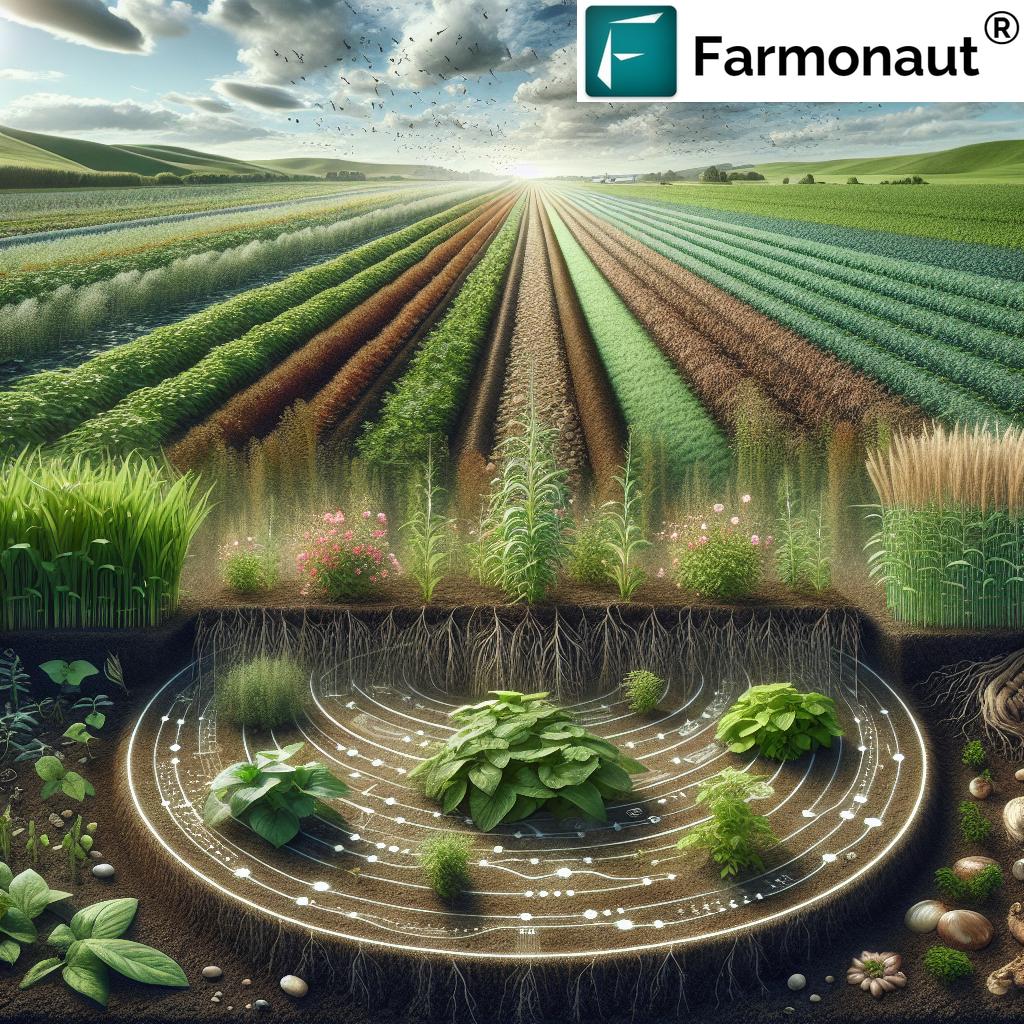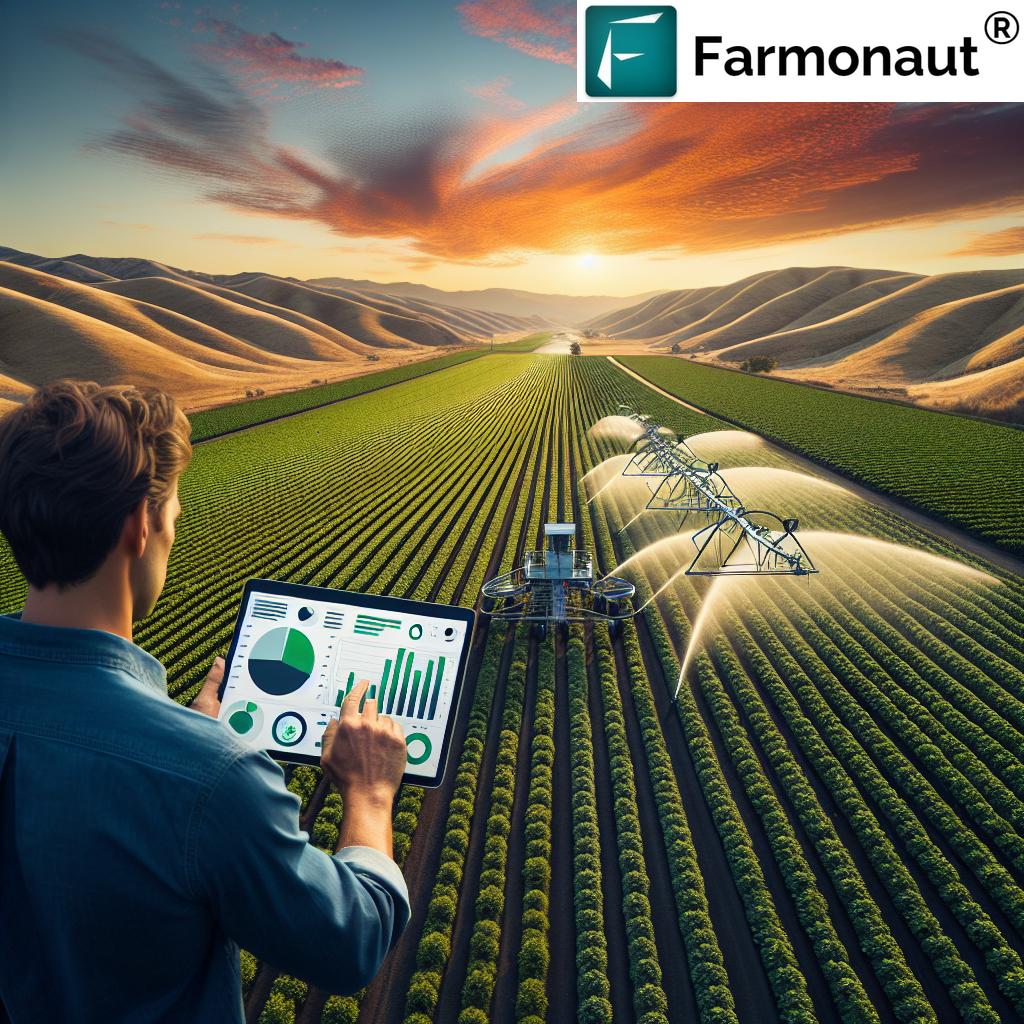Pest Control Guide Appcgarden: 7 IPM Secrets Exposed!
Meta Description: Integrated Pest Management (IPM): A Comprehensive Guide for Agriculture, Farming, and Forestry — Discover 7 Secrets to Sustainable, Effective Pest Control. Learn how eco-friendly strategies boost yields and protect your environment.
Pest management stands as a critical component in agriculture, farming, and forestry—directly impacting crop yields, forest health, and ecosystem balance. Historically, traditional pest control methods leaned heavily on chemical pesticides, often leading to environmental degradation, pest resistance, and harm to beneficial species.
Today, the shift is toward Integrated Pest Management (IPM): a sustainable, science-driven approach that combines cultural, biological, mechanical, and targeted chemical controls. In this comprehensive guide, we will unveil the 7 core IPM secrets that empower farmers, foresters, and agribusinesses to reduce pest populations, minimize intervention costs, preserve biodiversity, and sustain environmental health.
Understanding Integrated Pest Management (IPM): Foundations for a Sustainable Eco-System
Let us start by understanding what Integrated Pest Management (IPM) truly means. IPM is a systematic, holistic method that integrates different pest control strategies to manage pest populations efficiently—ensuring they never cross levels that could cause significant economic or ecological harm.
Its core principles include:
- Regular monitoring and identification of pest species
- Establishing threshold levels for intervention—only acting when pest damage is economically significant
- Implementing a multifaceted approach, including cultural, biological, mechanical, and judicious chemical controls
- Evaluation, data-driven adaptation, and continuous improvement
By applying these strategies, we not only ensure effective pest control in farming and forestry but also maintain environmental balance, soil health, and biodiversity.
Access Farmonaut IPM tools on any device—web, API, Android, or iOS for real-time crop pest management and sustainable farm decisions.
Exposed: The 7 IPM Pest Control Secrets
To achieve sustainable pest management in agriculture and forestry, the following seven IPM secrets are the foundation.
Each integrates pest control strategies based on proven science and practical results.
-
(1) Crop Pest Monitoring & Accurate Identification
We utilize systematic monitoring and identification of pest species. Through regular scouting, traps, and data records, we can detect pests early and identify specific species—both in crops and forests. This accurate pest detection forms the cornerstone for targeted intervention, preventing misuse of pesticides and reducing environmental harm. -
(2) Threshold Levels and Targeted Interventions
Setting clear economic thresholds ensures we only act when pest populations reach levels likely to cause economic damage. This helps avoid unnecessary chemical applications, supporting efficient and sustainable pest management. -
(3) Cultural Pest Control Practices
Employing crop rotation, cover cropping, adjusting planting times, and selecting resistant varieties, we disrupt pest life cycles. These cultural practices are vital for reducing pest establishment, minimizing spread, and supporting a balanced ecosystem. -
(4) Biological Pest Control Methods
By introducing or conserving natural enemies—such as parasitoids, predatory wasps, beneficial beetles, and pathogens (e.g., Bacillus thuringiensis)—we manage pest populations naturally. This reduces reliance on chemicals and maintains biodiversity. -
(5) Mechanical and Physical Controls
Using traps, barriers, hand-picking, nets, and mechanical removal, we physically reduce pest numbers or prevent pests from reaching crops. These methods are eco-friendly and often highly effective for certain species or outbreak situations. -
(6) Judicious Application of Chemical Controls
When all other methods are insufficient, we apply pesticides strategically—using precise timing, minimal doses, and the right compounds for each pest and crop. This approach, especially combined with real-time data and technology, maximizes effectiveness while limiting environmental impact and pesticide resistance. -
(7) Continuous Evaluation, Data-driven Adaptation & Farmer Education
By evaluating outcomes through data (from field records, satellite imagery, or other sources), we adjust our methods and educate farmers and foresters for ongoing improvement. This feedback loop ensures our IPM strategies evolve alongside pest pressures and environmental changes.
Comparison Table of IPM Strategies: Ecological Impact, Effectiveness & Application
| IPM Practice/Secret | Description | Estimated Effectiveness (% Control Achieved) | Ecological Impact | Suitable Crops/Forestry Types | Application Frequency |
|---|---|---|---|---|---|
| 1. Crop Pest Monitoring & Accurate Identification | Regular scouting, use of traps, and data analysis for early detection and correct pest identification | 60-85% | Low | All crops, orchards, forests (universal) | Weekly/Bi-Weekly |
| 2. Threshold Levels & Targeted Interventions | Establishing economic/pest action thresholds to guide control timing and avoid unnecessary interventions | 50-80% | Low | Row crops, plantations, forestry | Continuous (Adjusted per season) |
| 3. Cultural Pest Control Practices | Crop rotation, resistant varieties, altering planting dates, and enhancing plant health | 45-70% | Low | Cereals, vegetables, legumes, orchards | Seasonal/Annual |
| 4. Biological Pest Control Methods | Use/introduction of beneficial species: parasitoids, predators, and pathogens | 30-75% (higher with proper implementation) | Low-Medium | Vegetables, orchards, forests (defoliators, caterpillars) | Monthly/As outbreaks occur |
| 5. Mechanical & Physical Controls | Traps, handpicking, row covers, nets, barriers to exclude/control pests | 50-80% (especially effective for local outbreaks) | Low | Vegetables, berries, horticulture, nurseries | Weekly/As needed |
| 6. Judicious Application of Chemical Controls | Use of targeted, minimal-risk pesticides only as a last resort, guided by monitoring data | 60-95% (short-term, variable with resistance) | Medium-High (if misused) | All crops and forests (when justified) | As needed (only at threshold) |
| 7. Continuous Evaluation, Adaptation & Farmer Education | Data monitoring, effectiveness review, adjusting strategies, and ongoing knowledge sharing | Ongoing (Maximizes overall system efficacy long-term) | Low | Universal—critical for IPM success | Continuous (throughout crop/forest cycle) |
Implementing IPM Strategies in Agriculture, Farming & Forestry
We recognize that implementing integrated pest management requires a tailored plan for every farm and forest. Below, we detail how each secret unfolds in the real world of agriculture and forestry—with practical steps, tools, and guidance.
-
1. Crop Rotation, Diversification & Resistant Varieties
Crop rotation prevents pest buildup and soil fatigue—rotating between cereals, pulses, oilseeds, or vegetables breaks pest and disease cycles.
Diversifying plantings and selecting resistant varieties (through Farmonaut’s AI-driven plantation advisory) also reduce the likelihood of major outbreaks and resist known threats. These cultural pest control practices are easy to adopt, cost-effective, and support long-term soil and plant health.
-
2. Soil Health & Environmental Management
Healthy soils are less vulnerable to pests. Practices such as reduced tillage, use of organic amendments, and cover cropping not only improve plant resilience but also support beneficial microorganisms. Farmonaut’s satellite imagery and carbon footprinting tools help monitor sustainability, promoting balanced ecosystems and minimizing long-term environmental impact.
-
3. Biological Controls: Maximizing Nature’s Defenses
Nature provides a host of beneficial enemies—predators, parasitoids, and pathogens (like predatory wasps and Bacillus thuringiensis). Incorporating biological pest control methods into IPM ensures pest populations are naturally suppressed. Promoting field-edge habitats and biodiversity in fields and forests helps maintain these populations.
Discover how satellite-based farm management can guide biological integration for precise interventions.
-
4. Mechanical and Physical Control Interventions
Physical controls—like pheromone and sticky traps, nets, or hand-picking—are especially effective for orchards, vegetables, nurseries, and for containing pest introductions in forestry. They offer targeted, chemical-free solutions with minimal non-target impact. Farmonaut’s platform can pinpoint infestation hotspots using satellite crop health maps, allowing for efficient resource deployment.
-
5. Targeted Chemical Controls & Resistance Management
Chemicals are essential only as a last resort. Guided by crop pest monitoring data, we use pesticides that are specific to the pest species, with proper timing and minimal dosages—drastically reducing risk of resistance and off-target harm. For automated, precision application and guidance, Farmonaut’s tools and advisory systems stand out.
For research users and developers: integrate satellite health and weather data through our Farmonaut API (Developer Docs).
-
6. Data-Driven Decisions with Modern Technology
Using technology—such as satellite crop monitoring, AI analysis, GPS tracking, or drone images—we can precisely target interventions and track success. Automated alerts, weather forecasting, and predictive analytics, like those from Farmonaut’s Jeevn AI, strengthen decision-making and action timing.
-
7. Continuous Education, Adapting & Sharing Knowledge
Farmers, managers, and foresters must stay informed about new pest threats, resistance developments, and technological advancements via ongoing education—whether through digital platforms, extension workshops, or expert advisory systems.
IPM in Forestry: Protecting Our Forests and Sustainably Managing Pest Populations
Forests represent highly complex, interconnected ecosystems. Forest pest management combines many of the same principles as in agriculture, but also requires unique measures:
- Silvicultural Practices: Managing tree composition, density, and spatial arrangement to reduce pest susceptibility
- Biological agents such as parasitoid wasps and natural pathogens control defoliating insects like caterpillars
- Pheromone traps and early detection systems help forest managers act promptly, preventing outbreaks
- Mechanical controls and removal of infested trees prevent spread through forest blocks
- Long-term monitoring and adaptation are critical (Remote sensing—like Farmonaut’s AI-driven automated tree detection—enables large-scale, non-invasive pest surveillance)
Sustainable Pest Management in Agriculture: Advanced Applications with Farmonaut
To maximize IPM success, we must bridge proven strategies with modern technology and robust data platforms. Here’s how leveraging Farmonaut’s platform supports sustainable farm and forest pest management at scale:
-
Satellite-based Crop Health Monitoring:
Farmonaut’s system provides real-time, multispectral images that allow early detection of crop stress or pest hotspots—helping direct interventions only where necessary. This optimizes labor, pesticide, and resource use. -
AI-Driven Advisory:
The Jeevn AI engine processes weather, plant health, and historical data to deliver personalized crop and pest recommendations—empowering both smallholders and large agribusinesses with actionable, targeted advice. -
Blockchain Traceability:
For supply chain participants (such as food or textile companies), Farmonaut’s traceability solution tracks every stage of the crop journey. This transparency builds trust and ensures that sustainable, IPM-driven practices are documented from field to final product. -
Resource & Fleet Management:
Farmonaut’s Fleet Management module, combined with geo-tagged pest and crop health layers, helps schedule field operations more efficiently, saving costs and minimizing unnecessary fuel use or interventions. -
Carbon Footprinting and Environmental Compliance:
Keeping agriculture sustainable is paramount. Farmonaut’s carbon footprinting suite allows agribusinesses to track emissions and demonstrate eco-friendly practices—often a requirement for premium markets and regulatory compliance.
IPM Implementation: Challenges, Adaptation, and Pesticide Resistance Management
-
Knowledge, Training & Support
Effective IPM requires outreach and ongoing education. With rapid pest and climate shifts, farmers and foresters must receive updated training—delivered via workshops or digital advisory services. Farmonaut’s user-friendly dashboards and AI insights are designed for all knowledge levels.
-
Economic Considerations
While initial IPM implementation can have higher upfront costs (for monitoring, traps, or resistant seeds), returns are higher in the long run due to reduced chemical use, better yields, and resilience to pest pressure. Flexible subscription models—like Farmonaut’s—make advanced solutions accessible for farms and businesses of all scales.
-
Pesticide Resistance and Management
Reliance on a single pest control method often leads to resistance. By integrating chemical, biological, and physical controls, and by rotating actives/pesticide classes, we delay or prevent resistance. Satellite data helps monitor developing resistance patterns across large landscapes—enabling proactive response.
-
Environmental & Climate Variability
Environmental changes alter pest lifecycles, population dynamics, and migration. Continuous crop and forest pest monitoring allows adaptation. With Farmonaut’s tools, users can compare year-on-year pest trends, correlate with weather, and shift strategies accordingly.
The Future of IPM: Innovations, Research & Digital Transformation
Today’s integrated pest management is enhanced through constant innovation:
- Digital Tools and Mobile Applications: Mobile apps, such as Farmonaut’s Pest Monitoring & Farm Management App, empower farmers to visualize fields, get instant alerts on potential pest outbreaks, and access crop management tips. These tools make IPM practices scalable even in remote rural regions.
- Genetic Advancements in Resistant Varieties: Ongoing breeding and biotechnology research continues to expand the toolkit for pest-resilient crops—reducing input costs and environmental impact even further.
- Big Data and AI: With platforms like Farmonaut, vast quantities of spatial and weather data are analyzed in real time, generating actionable insights—from pest detection to water use optimization and yield forecasting.
- Policy, Education, and Market Incentives: Governments and NGOs increasingly promote IPM adoption by offering incentives, support for training, and rewards for those adopting verifiable, eco-friendly practices (with traceability to prove it).
Farmonaut’s modular design supports scalability: from individual farmers to agribusiness managers, government programs, and corporate supply chains. Use only the modules and data you require; scale up as you grow—with no expensive hardware investment.
Farmonaut also provides solutions for crop loan and insurance—enabling verified, rapid access to financing without the risk of fraudulent claims.
Frequently Asked Questions (FAQ) on IPM and Sustainable Pest Control
1. What is Integrated Pest Management (IPM)?
Integrated Pest Management (IPM) is a holistic, multi-layered approach to controlling pest populations. It combines cultural, biological, mechanical, and chemical pest control strategies—using continuous pest monitoring, economic thresholds, and targeted interventions for optimal, eco-friendly results.
2. Why is IPM important in agriculture and forestry?
IPM reduces the risks associated with heavy, indiscriminate use of chemical pesticides—helping prevent resistance, reduce environmental impact, preserve beneficial species, and ensure higher, healthier yields across agriculture and forestry.
3. How does Farmonaut support IPM adoption?
Farmonaut leverages satellite imagery, AI, and blockchain to provide pest detection, crop health monitoring, farm advisory services, resource management, and traceability—delivered through affordable web, app, and API platforms for individuals and organizations of all sizes.
4. Are biological controls better than chemical methods?
Biological pest control methods utilize natural enemies such as predatory wasps and pathogens. When implemented effectively, they offer sustained, low-impact pest control—often reducing or eliminating the need for chemicals. However, the best results are achieved when used as part of an integrated approach.
5. How often should pest monitoring be conducted?
For most crops and forests, regular monitoring (weekly or bi-weekly) is best, especially during the main growing season or when pest pressure is historically high. Early detection enables timely, targeted responses that minimize damage and cost.
6. What’s the difference between traditional pest control and IPM?
Traditional pest control often relies heavily on regular, broad-spectrum pesticide use. IPM combines multiple, sustainable pest management methods, only using chemicals when justified, and always based on monitoring and economic thresholds.
7. How does digital technology transform pest management?
Satellite, AI, and app-based tools (such as those from Farmonaut) enhance detection, optimize interventions, provide weather-pest correlation analytics, and improve overall resilience—making IPM easier, faster, and more precise.
8. Can IPM save money in the long run?
Yes. While initial investment in monitoring tools, farmer education, or cultural controls may be higher, long-term savings—through reduced chemical inputs, lower resistance management costs, and higher market value—typically outweigh the upfront expense.
Conclusion: Integrated Pest Management—The Sustainable Revolution for Agriculture and Forestry
Integrated Pest Management is not a single method, but a comprehensive approach—a toolkit blending monitoring, prevention, cultural, biological, mechanical, and minimal chemical controls that delivers effective pest suppression, resilient yields, and environmental protection.
By combining tradition with innovation, and leveraging technologies like Farmonaut’s satellite dashboard, AI advisory, and traceability modules, we empower every farm, orchard, and forest to thrive sustainably—adapting to new challenges and supporting global food security.
Ready to harness the power of IPM for your land? Get started with Farmonaut—and drive your transformation towards smart, sustainable, and successful pest management.






